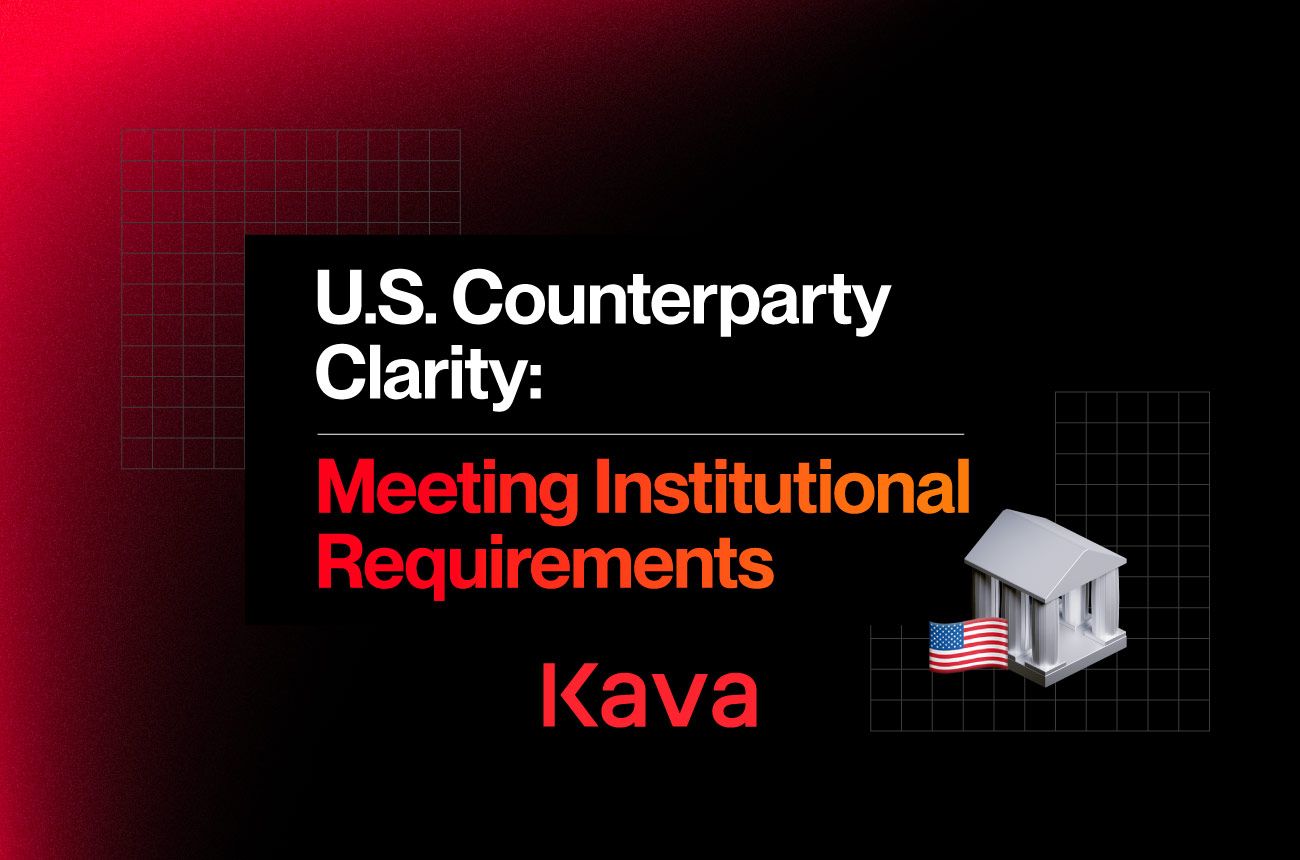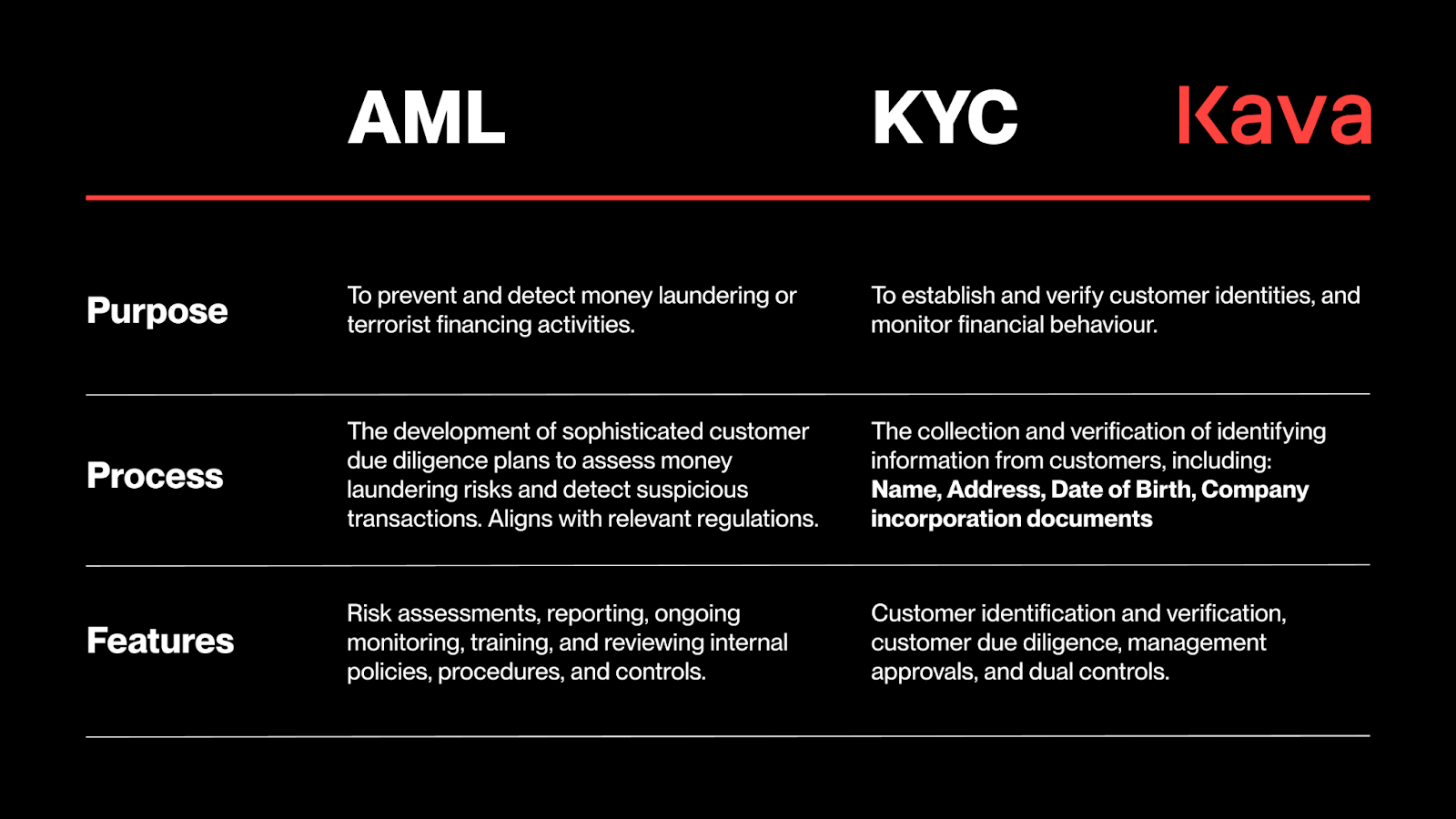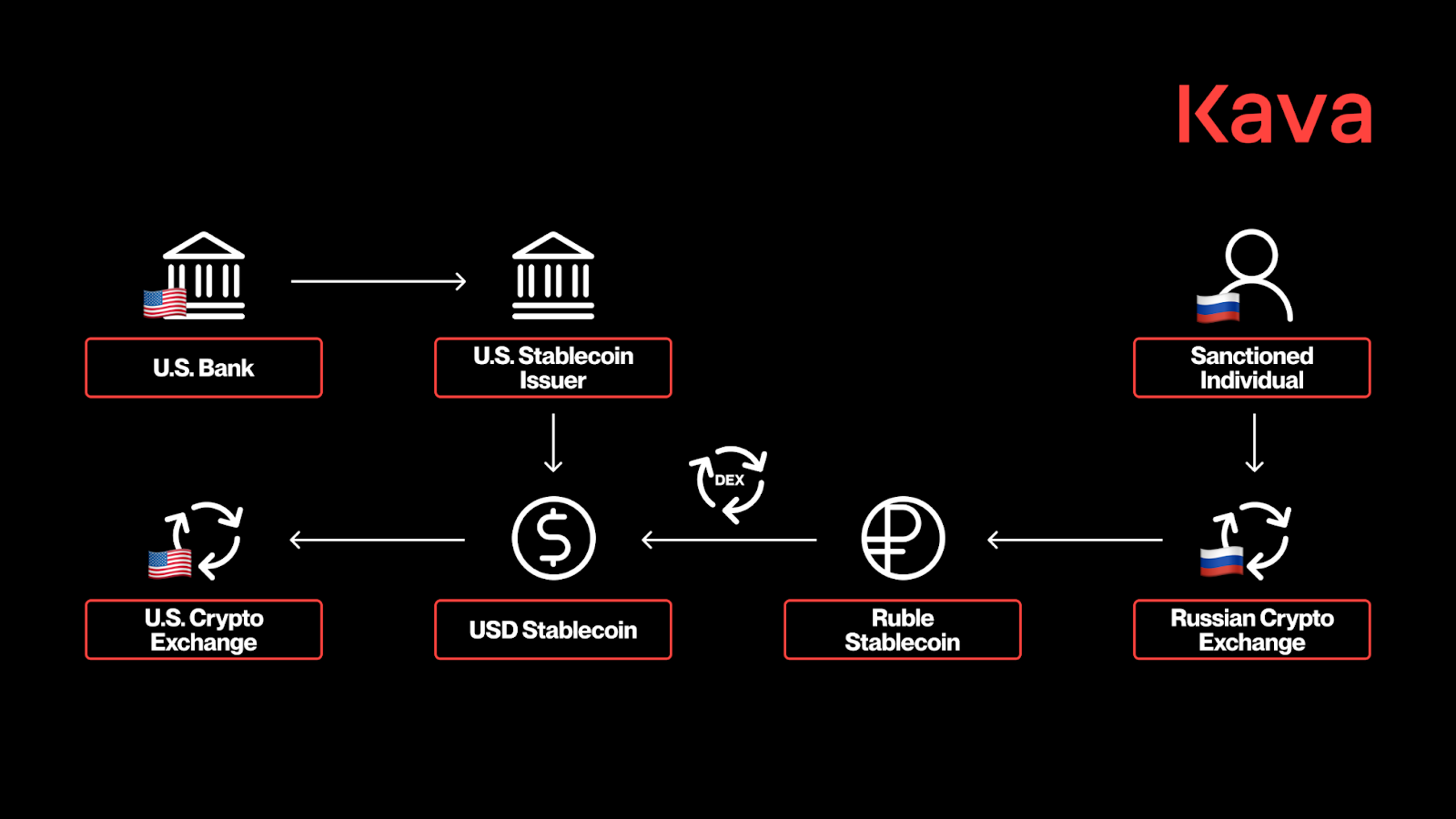U.S. Counterparty Clarity: Meeting Institutional Requirements

The U.S. has been taking significant steps to become the global hub of the blockchain industry ever since the Trump administration took office in early 2025. If the USA is to achieve this ambition, it will need to establish a more comprehensive framework around counterparty clarity. The passage of the GENIUS Act was meaningful, and the emergence of blockchain foundations that adhere to clear U.S. regulations is proving very promising. And, for the United States to firmly establish itself at the center of blockchain, more is required.
Building upon our recent blog articles, we will first explore the institutional demand for blockchain within the U.S. and why recognized legal entities that adhere to government compliance standards are crucial to making this shift. Then, we’ll expand on a previous post about the GENIUS and CLARITY Acts, explaining the role that federal legislative frameworks play in establishing counterparty clarity. After that, we’ll move to the importance of partnerships between exchanges and stablecoin issuers. Next, we’ll conduct an overview of the current roles of Ripple, the Stellar Foundation, and Hedera Foundation, which operate within the U.S. and provide counterparty clarity. We will conclude with how the future of U.S. counterparties may look moving forward.
Institutional Demand for Recognized Legal Entities
There is a surge in demand from institutions seeking access to blockchain innovation. We previously went over the role of Bitcoin ETFs, the emergence of treasury companies, and the funding of U.S. DePIN infrastructure projects. A throughline across these themes has been the demand side from institutions, along with the barriers they’ve had to participation.
Unlike private companies or retail investors, institutions such as banks and exchanges face a fundamental challenge when engaging with blockchain projects. They are unable to conduct business with decentralized networks that lack clear legal counterparties. In our most recent article on Counterparty Clarity, we explored how foundations are emerging to bridge this gap.
The challenge is that U.S. banks and exchanges cannot simply partner with a decentralized protocol or an anonymous group of developers. To even consider working with a potential partner, they require legally recognized entities that can undergo extensive Know Your Customer (KYC) and Anti-Money Laundering (AML) processes for proper corporate governance. Foundations serve this critical function by providing a legal framework around blockchain projects, allowing institutional participation while preserving the underlying network's decentralized characteristics.

Meeting U.S. Compliance Standards
Foundations can provide services as a third-party intermediary because they undergo comprehensive compliance reviews that align with federal and state regulations within the U.S. The compliance frameworks these foundations adopt typically include detailed record keeping, transaction monitoring, and reporting mechanisms that meet the standards set by regulatory bodies such as the Financial Crimes Enforcement Network (FinCEN).
Notable examples include partnerships between foundations and major industry participants, such as Circle and Coinbase. These collaborations demonstrate how proper legal structuring and compliance can facilitate significant integrations between blockchain networks and established financial infrastructure. When a foundation can demonstrate its commitment to regulatory compliance, doors open to partnerships that would otherwise be impossible.

Federal Legislative Framework: GENIUS Act and CLARITY Act
Since January 2025, the legislative and regulatory landscape within the U.S. has undergone significant change driven by the Trump administration. Previously, the space was defined by the regulatory enforcement agenda of the Gensler-led SEC. This practice was often led by the SEC issuing Wells Notices for non-compliance with undefined policies such as staking.
The passage of the GENIUS Act on July 18th, 2025, represents a landmark achievement for the USA. It is the first American framework specifically about stablecoins. The act establishes clear oversight mechanisms and regulatory guidelines. Moreover, it sets a clear precedent for blockchain regulatory legislation and opens the door for more expansive bills, such as the CLARITY Act, to pass. The CLARITY Act would define regulatory oversight for blockchain projects between agencies like the CFTC and SEC, providing much-needed certainty for projects seeking to operate within U.S. jurisdiction.
These legislative efforts seek to create a more consistent regulatory environment in the United States. Rather than navigating a patchwork of state rules and unpredictable departmental overreach, foundations and blockchain projects will have clear federal frameworks to follow. This clarity reduces legal uncertainty and provides a roadmap for compliance that institutions can understand and trust.
Enabling Partnerships Between Exchanges and Stablecoin Issuers
Foundations are playing a pivotal role in facilitating collaborations between U.S. exchanges and stablecoin issuers. By providing a legal framework that both parties can rely upon, foundations reduce the friction and uncertainty that often prevent partnerships from forming. When exchanges consider listing a token or integrating a stablecoin, they need assurance that their counterparty can meet ongoing compliance obligations.
One of the major concerns that institutional investors have with unregulated counterparties is the potential for indirect exposure to money laundering operations or involvement in facilitating transactions for malicious actors. For all the benefits that decentralized technologies offer, they have increased the velocity at which money can move on a global scale. The exposure to these markets indirectly through DEXs is too great for traditional financial institutions to risk without a strong counterparty that is legally regulated under U.S. law.

Case Studies
The U.S. has no shortage of foundations emerging to fill the role of a trustworthy counterparty for banking institutions to enter the space. The opportunity represents web3’s single largest access to capital allocation since the ICO boom in 2017, and is the key to unlocking institutional investment. Here are a few of the leading foundations and how they are helping to facilitate this new market:
Ripple
Ripple's U.S.-based foundation has facilitated partnerships with banks for XRP integrations, demonstrating how proper legal structuring can enable traditional financial institutions to utilize blockchain technology for cross-border payments and settlements.
Stellar Foundation
The Stellar Foundation has collaborated with U.S. financial institutions to enable cross-border payment solutions. By providing a clear counterparty with whom banks can conduct due diligence, the foundation has helped Stellar's technology gain adoption among institutions.

Hedera Foundation
Hedera's U.S. entity has taken a compliant approach to the enterprise space, securing partnerships with regulated firms across various industries. These collaborations demonstrate how foundations can support sectors beyond traditional banking, facilitating blockchain adoption in supply chain management, healthcare, and other monitored businesses.
Future of U.S. Counterparties
As the USA continues to pursue pro-blockchain legislation, the barrier to entry for institutions is lowering, and foundations are providing the essential vehicles for bridging decentralized markets with unprecedented levels of institutional capital.
This will drive blockchain adoption throughout the United States’ financial sector, enabling innovations in payments, securities settlement, and asset tokenization while maintaining the regulatory oversight that protects consumers and ensures market integrity.
